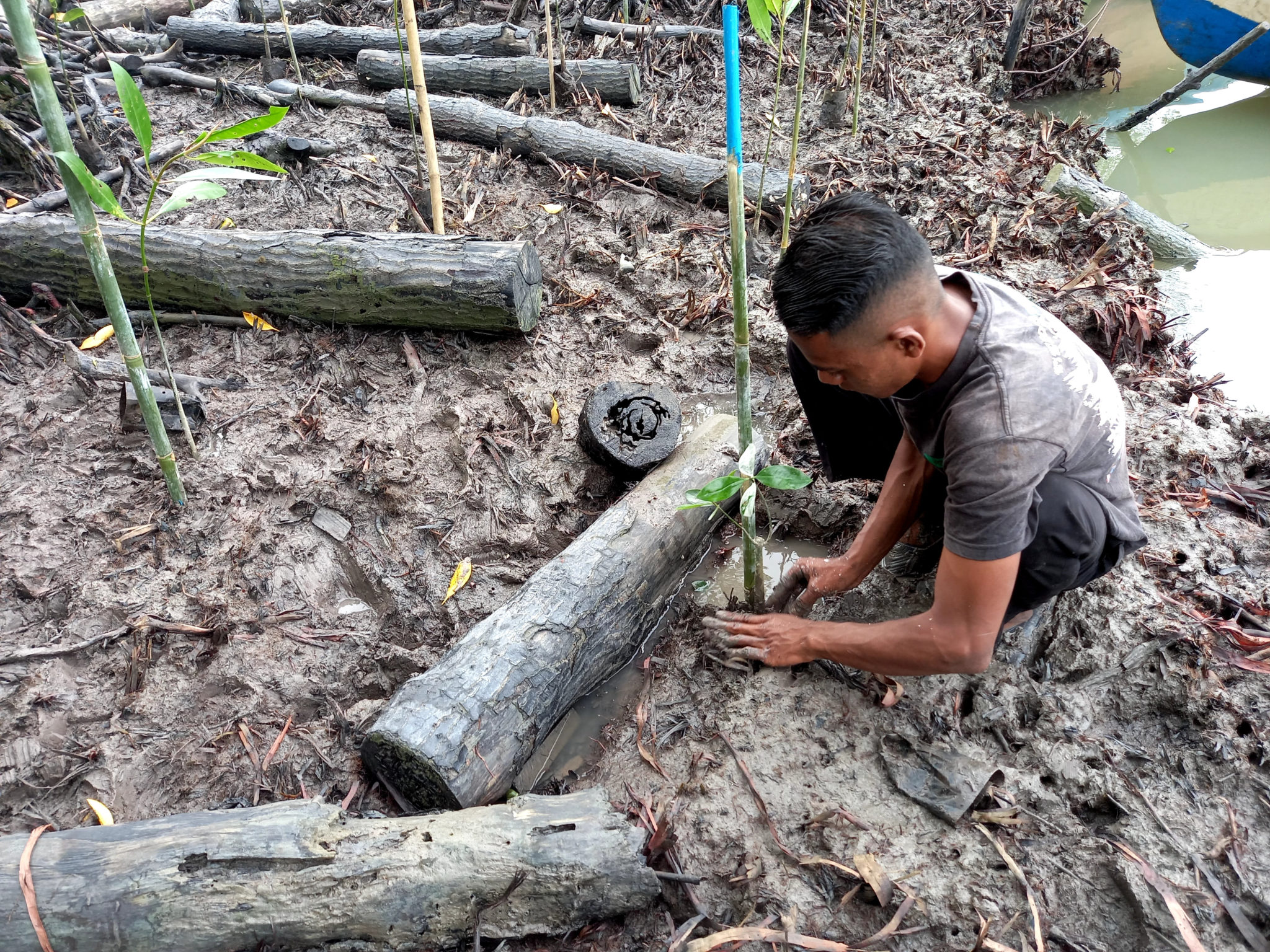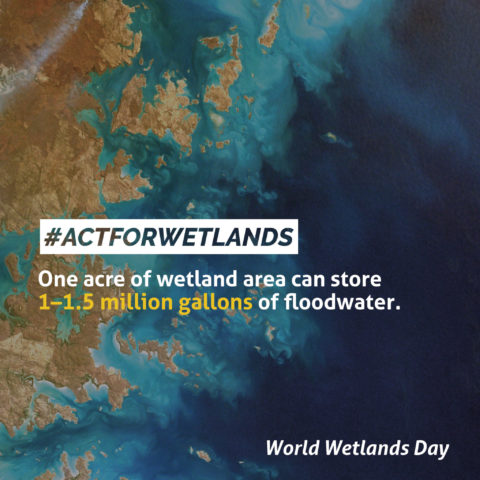
World Wetlands Day 2nd February 2022
-
Wetland values, status and trends
World Wetlands Day 2022

Why is World Wetlands Day celebrated on 2nd February?
Every year World Wetlands day is celebrated to mark the date of the adoption of the Convention on Wetlands on February 2, 1971, in the Iranian city of Ramsar on the shores of the Caspian Sea. World Wetlands Day was first celebrated in 1997.
Do you know that there is a theme for World Wetlands Day every year? For year 2022, the theme is “Wetlands actions for people and nature”– a call to value wetlands, the services and the nature-based solutions they provide and to invest financial, human and political capital in managing them wisely and restoring them for biodiversity, climate and sustainable development.
Malaysia joined the Convention on the 10th of March 1995. What does it mean to join the Convention? It means that Malaysia now has elevated the Ramsar sites in Malaysia to a higher status (recognized as places of “international importance”), focussing more attention on them, and should contribute to their long-term conservation and wise use (Ramsar, 2007).
In Malaysia we have currently 7 wetland sites and they are: Pulau Kukup, Tasek Bera, Sungai Pulai, K.K. Wetlands, Kuching Wetlands National Park, Lower Kinabatangan-Segama Wetlands, Tanjung Piai. Do you know that Lower Kinabatangan-Segama Wetlands is the largest Ramsar site in Malaysia? Located in Sabah, the size covers 78,803 hectare and is home to vulnerable, rare and endangered species such as Sumatran Rhinoceros, Proboscis Monkey, Tembadau (Banteng), Orang utan and Borneo Pygmy Elephant.
A bit about the wetlands
What are wetlands?
Simply stated, wetlands are parts of our landscape that are defined by the presence of water. (http://www.wetlands-initiative.org/what-is-a-wetland)
Lakes and rivers, underground aquifers, swamps and marshes, wet grasslands, peatlands, oases, estuaries, deltas and tidal flats, mangroves and other coastal areas, coral reefs, and all human-made sites such as fishponds, rice paddies, reservoirs and saltpans. They are all wetlands. Wetlands are the superheroes of nature and are vital for people, climate and biodiversity.
Why are they important?
All of humanity depends on wetlands for the fresh water they store and supply. More than 1 billion people worldwide directly depend on wetlands for their livelihoods, food and fresh water. Wetlands are critical to the health and livelihoods of people globally who are reliant on wetlands’ services.
Wetlands protect communities against the impact of climate change. Changing weather and other climate impacts are increasing the risk of flooding and drought around the world. ‘Blue-carbon’ wetlands such as mangroves, coral reefs and seagrasses provide cost-effective solutions to protect people against storm surges. While inland ecosystems, such as peatlands and rivers absorb excess water to prevent floods and drought.
Wetlands are home to 40% of the world’s biodiversity. Over 100,000 freshwater species have been identified in wetlands so far. Wetlands are home to about 30% of known fish species, with 200 new freshwater species discovered each year. Today, one in three freshwater species and 25% of all wetland species face extinction from wetland decline — including water birds, fresh water-dependent mammals, marine turtles and coral-reef-building species.
Wetlands are our most effective land-based ecosystem for capturing carbon. Coastal wetlands such as mangroves sequester carbon up to 55 times faster than tropical rainforests. And while peatlands cover only 3% of the earth’s land surface, they store 30% of all land-based carbon, that’s twice as much as the world’s forests.
The global value of wetland ecosystem services for human health, wellbeing and security is estimated to be $47 trillion a year. That’s more than twice the size of the US economy. Too big to fail.
Nature-based solutions are ready to be deployed at scale, with local communities and Indigenous people at the heart of this action. We now urgently need to scale up the safeguarding and restoration of wetlands.
Healthy wetlands are vital to meeting global climate, sustainable development and biodiversity goals. Safeguarding and restoring wetlands is critical to achieving the goals of the Paris Agreement, emerging Post-2020 Biodiversity Framework and the Sustainable Development Goals.
Ambitious climate and biodiversity action needs real global wetland targets. Global wetland targets will help drive the investment needed to increase the pace and scale of wetland recovery for climate and biodiversity action. Without global wetland targets included in these conventions, wetlands will be left out of financing for climate and biodiversity.
What can be done to conserve the wetlands?
An example of an activity done to raise awareness among young people about the importance of wetlands and the need to conserve them.
The Girl Guides Association of Malaysia, Federal Territory of Kuala Lumpur Branch (Kuala Lumpur Girl Guides or KLGG) is taking steps further in securing the future of wetlands. Joining hand with Wetlands International Malaysia, a module activity of KLGG Wetlands Badge was produced in 2020. Members will receive KLGG Wetlands Badge patch upon the completion of the module. The module, which was consists of many online and physical activities ranging from presentation, write-up, field visit, field research and more encourages the members to participate in promoting the awareness of the wetlands to their family and friends as well as enhancing knowledge on the importance of wetlands to people and nature.
Quote from the CEO of Wetlands International Global office, Ms Jane Madgwick – “As we need wetlands to protect nature and humanity from the most devastating impacts of climate change, we should make everyday World Wetlands Day! Join us in securing the future of wetlands.”
Hashtags: #WorldWetlandsDay #ActforWetlands
World Wetlands Day video – Credit: Ramsar Convention on wetlands.

